Biofluorescence in the rainforest
Biofluorescence is where organisms absorb a low wavelength of light and then emit a high wavelength of light - the light that is emitted is a different colour from the light that is absorbed. While some animals can see this emitted light, humans are unable to view this wavelength unless using a Ultraviolet (UV) light source. Due to the rich biodiversity in our rare and precious rainforests they make a great place to explore this phenomenon and see a range of colours on lichens, plants and invertebrates.
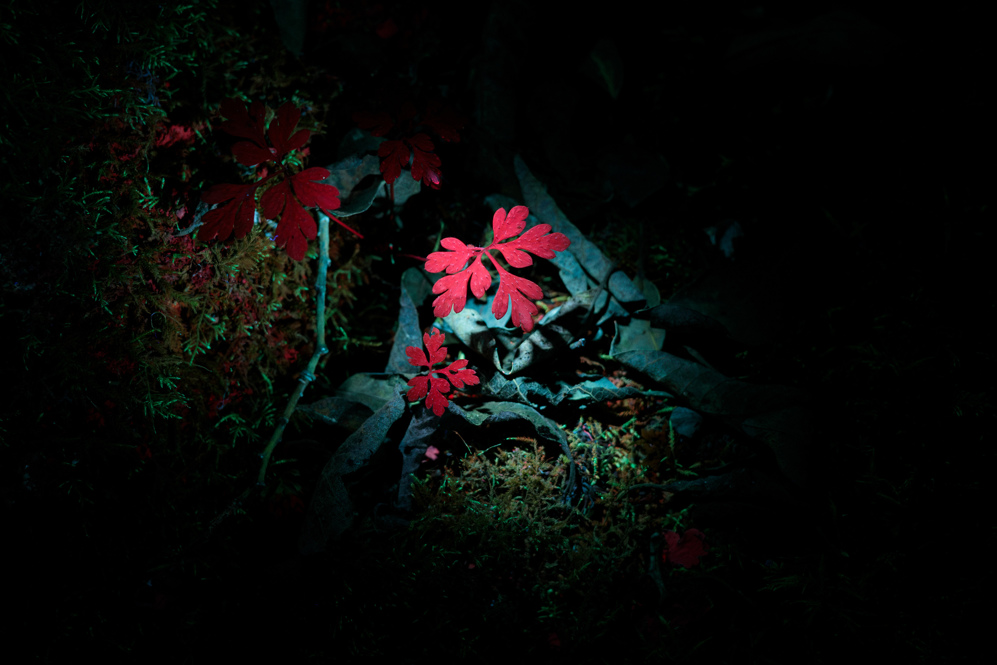

Rainforests aren't the only place to see this though - gardens can provide a great place to start with brightly emitting flowers. Some of the patterns seen on flowers are even believed to lead bees to pollen and nectar. Our understanding of biofluorescence is constantly evolving, as is the study of how organisms use it for communication, camouflage or even mating purposes.
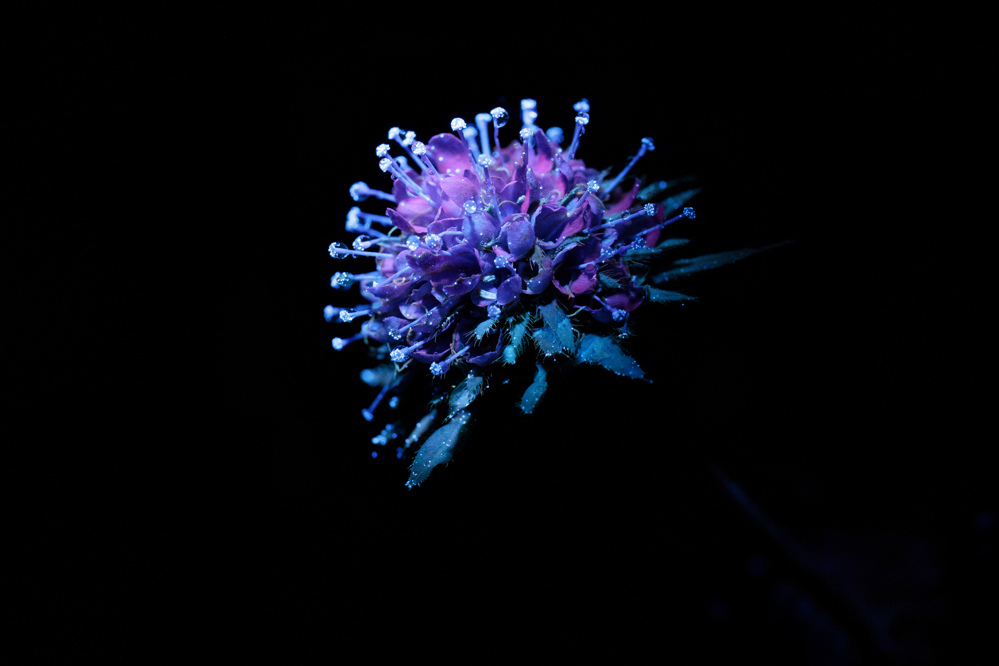
Biofluorescence versus bioluminescence
Many of us will have seen videos of bioluminescent plankton lighting up the sea or fireflies in the forest, but what exactly is the difference between the biofluorescence in the photos above and the bioluminescence we see displayed in plankton and fireflies?
Biofluorescence is a result of the absorption and subsequent emitting of the light at a different wavelength and colour but is not a chemical reaction. Bioluminescence is caused by a chemical or biological reaction within the body, an example of this in Scotland's forests would be glow-worms.
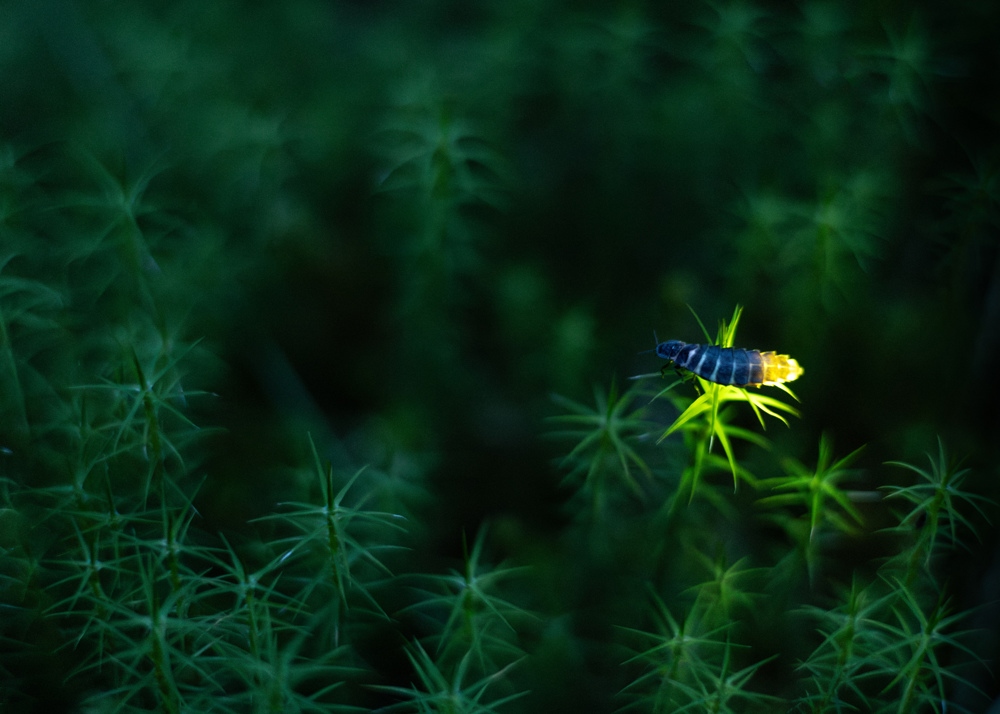
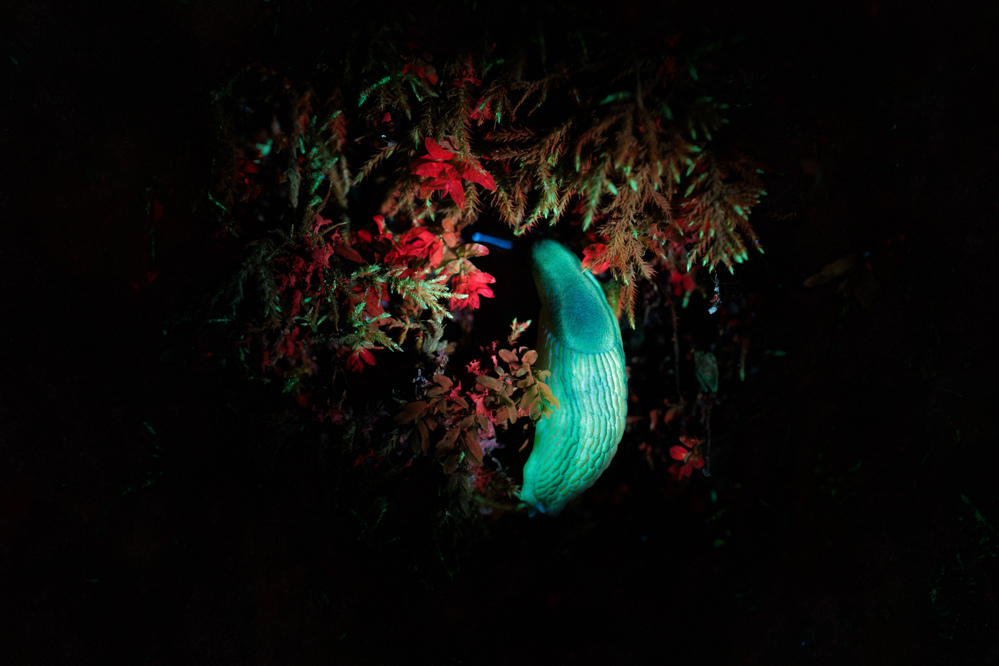
The light from the glow worm is caused by a chemical reaction at the end of their abdomen - with the glow strongest in females of the species, helping them to attract a mate. If you are lucky enough to see a glow worm please avoid using any torches as this can confuse the males looking for a mate.
Scotland's rainforests
The humidity, along with the high rainfall and variety of soils, creates perfect conditions for more than 500 species of mosses, ferns, lichens and liverworts in Scotland's rainforests - found in Argyll and the west Highlands. As well as being great places for UV photography due to their biodiversity, our temperate rainforests are of international importance and even rarer than tropical rainforests.
Work is ongoing to save these special places and in 2023-2024 we managed to beat our in-house rainforest restoration target by 141% thanks to an extraordinary effort by our teams.
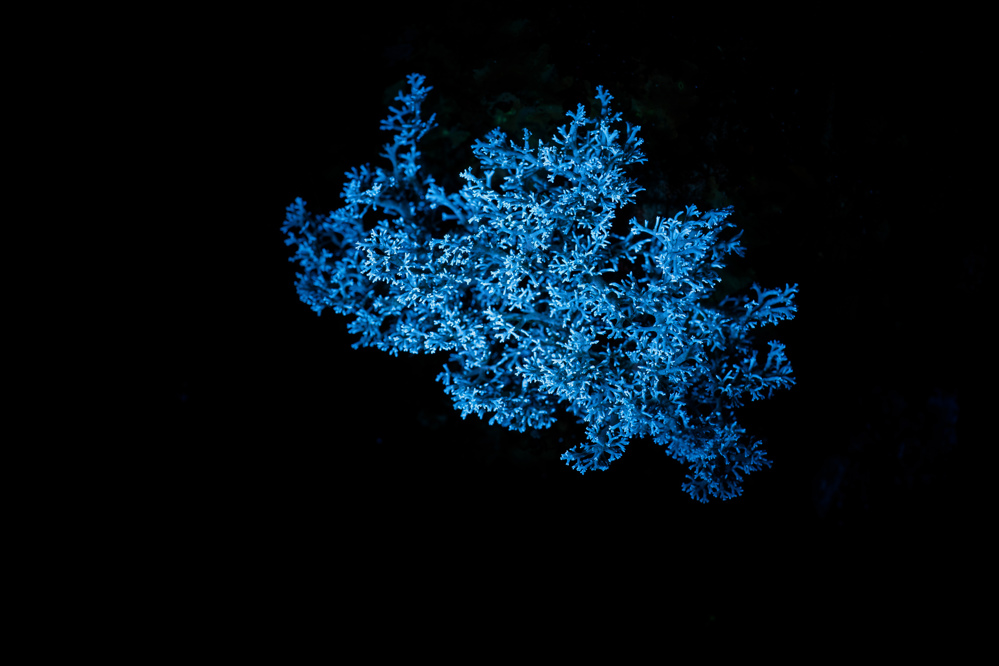
Tips for UV photography
Before you head out check out a few of our tips for photographing with UV lights:
- Always wear safety glasses.
- Look for lights/torches that emit at 365 nm and are in the UV-A range of the spectrum – this helps pick up a wider range of colours.
- Bring a tripod or bean bag to support your camera. With less light available and slower shutter speeds required this helps to avoid camera shake. Avoid windy weather if possible as it makes photographing plants trickier when doing longer exposures.
- If you can, bring a friend or family member to help with lighting your subject.
- Check the forecast and wrap up warm!